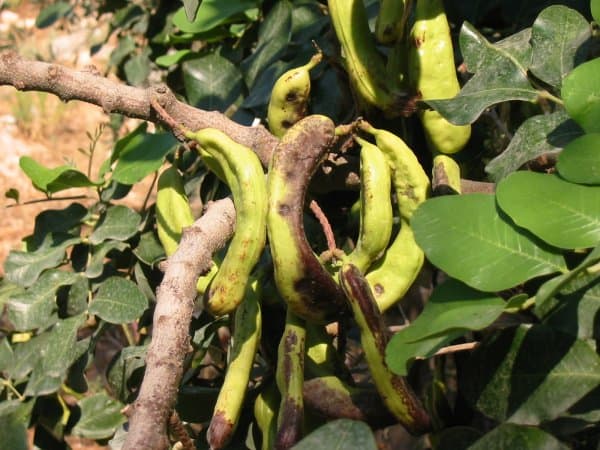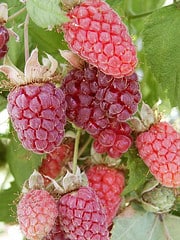The pear is a fruit tree of genus Pyrus and also the name of the tree’s edible pomaceousfruit. The pear is classified in subtribe Pyrinae within tribePyreae and is a perennial. The apple which it resembles in floral structure, is also a member of this subcategory.
The pear is a sweet fruit that is said to be related to the apple. Its size is about that of an apple with several seeds in the core, like an apple. Unlike apples though, most pear varieties have paper-thin skins which are not easy to peel. The skins vary in color¾yellow, green, brown, red, or a combination of any of these colors.
The light color flesh of pears is juicy, sweet and usually mild. Its texture is soft and buttery and some varieties have grainy flesh. We usually think of pear as bell-shaped, but some varieties are shaped almost like a rounded apple.
Among all the variety of pears, the Chinese pear is known to have the most medicinal values. But nonetheless, the other varieties are also healthful in their own right.
Pears are in season throughout the year but especially from end of June to February, depending on the variety.
Health Benefits of Pears
Pears promote cardiovascular and colon health.The pear’s fibre does a lot more than just help prevent constipation and ensure regularity.In fact fibre has been shown in anumber of studies to lower high cholesterol levels,which is good news to people at risk for atherosclerosis or the diabetic heart disease.
Pear has abundant levels of vitamin c and vitamin k. It is an excellent source of vitamin c and vitamin k. Pears is a very good source of vitamin e.
Maximising the benefits
Eat pear with the skin, not just for the fibre, but also because chlorogenic acid tends to accumulate in pear skin.

